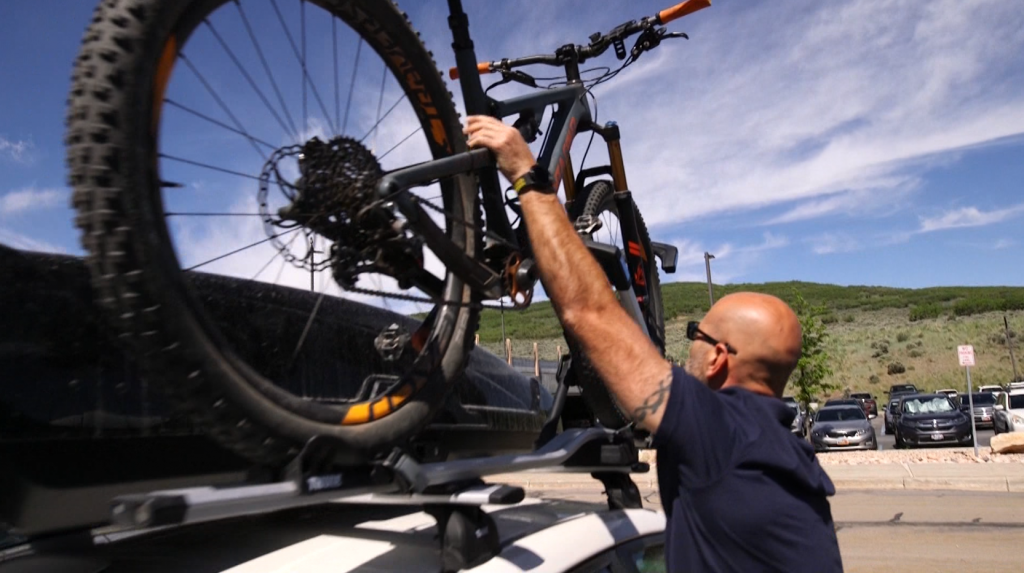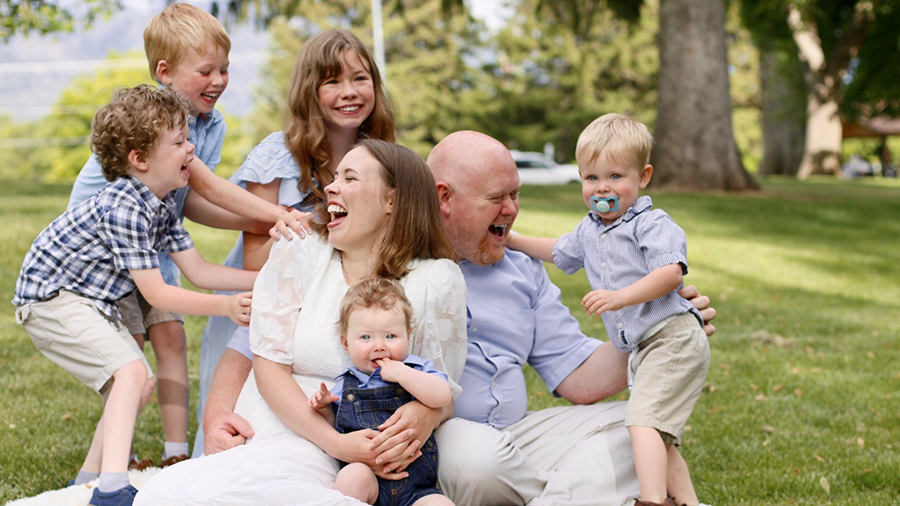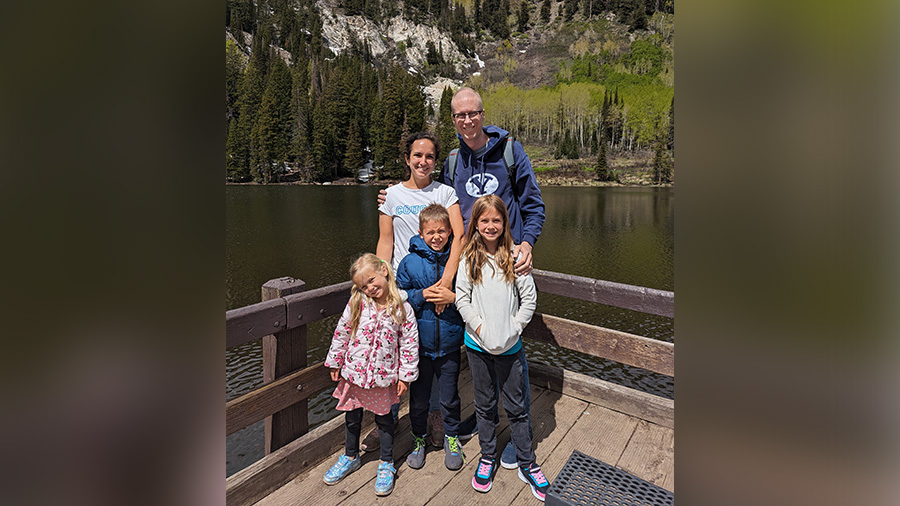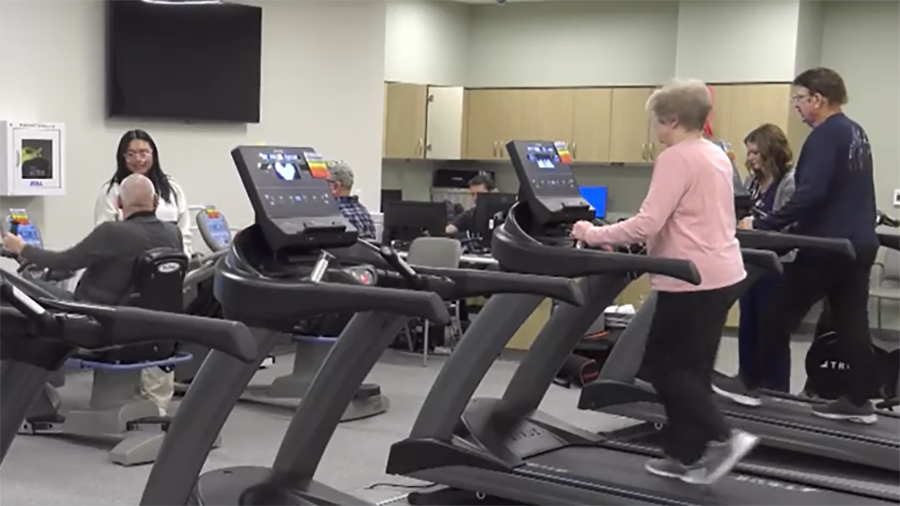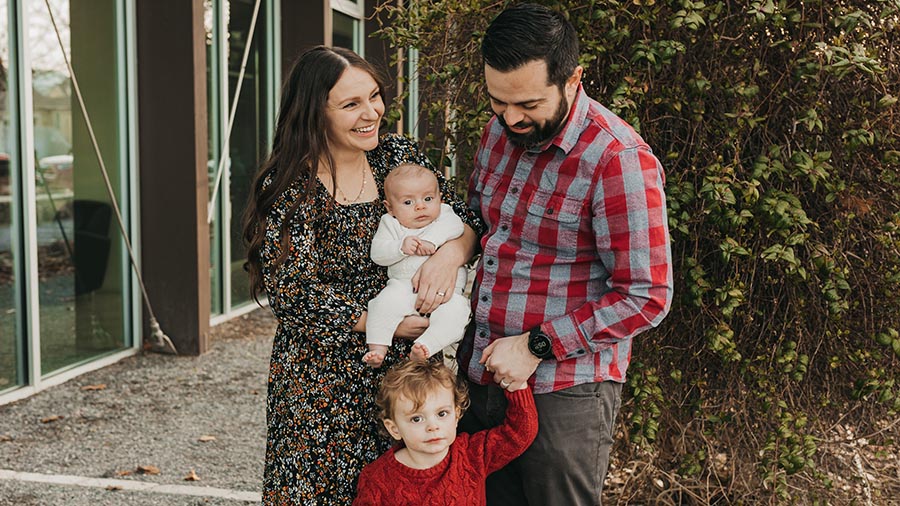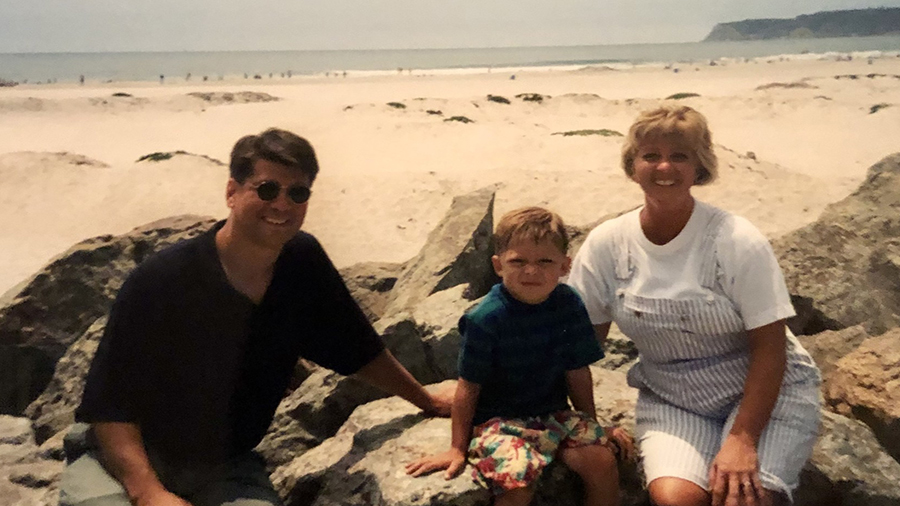How to enjoy Utah’s mountain bike trails safely this summer
Jun 27, 2022, 4:52 PM | Updated: 7:42 pm
PARK CITY, Utah — Utah is known for backcountry sports. Mountain biking is especially popular in the summer months.
But it doesn’t come without risk. Two emergency room doctors know all too well what trouble can arise on mountain trails. Both are veterans of the outdoors and of fixing broken bodies at Intermountain Park City Hospital.
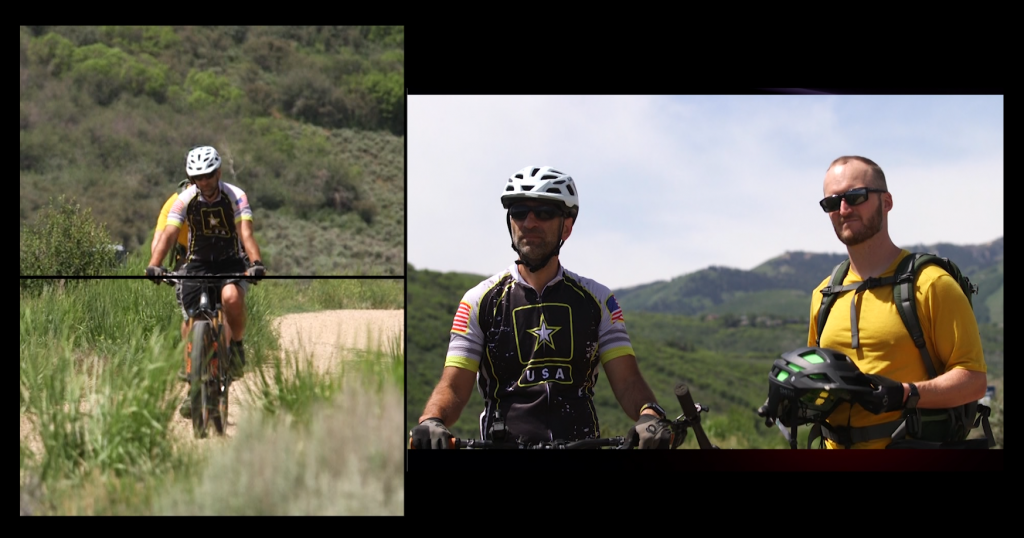
Mike Dbeisi and Austin Smith are veterans of the outdoors and of fixing broken bodies at Intermountain Park City Hospital. (Ken Fall/KSL TV)
Dr. Mike Dbeisi is an emergency medicine physician with Intermountain Healthcare. Two years ago, he and his bike went down hard.
“I shook my kidney so hard that it split in half,” he said. “By the time I got to my car, it was a 10 out of a 10 – it was the most awful, gut-wrenching, visceral pain that I could ever even see somebody having.”
He recovered from the kidney laceration. But he and his colleagues know the problems on a bike trail can get even worse.
“That’s really the hardest thing to deal with as an emergency physician, is seeing injuries that didn’t have to happen,” said Dr. Austin Smith, medical director of the emergency department at Intermountain Park City Hospital.
They see mountain bike injuries every year, especially during the spring, summer and fall seasons. Injuries range from minor scrapes or “road rash” to fractures, dislocations, or concussions.
Some injuries can be less obvious – like internal bleeding. Smith said that’s why it’s important to seek care after a crash.
“When I fell, luckily I had my phone,” Dbeisi said.
But reception can be an issue in the mountains. So, always let people know your plans.
“Letting your family know where you’re going, especially if you’re going alone,” Smith said.
Helmets that fit correctly are something both doctors say you should never be without.
“If the helmet’s too big, you’re going to see it rotate. And when I put on the strap here and clip it, make sure it’s on tight,” Smith said. “I want to be sure there’s at least two finger widths underneath the chin strap, and that allows me to do some breathing or yelling.”
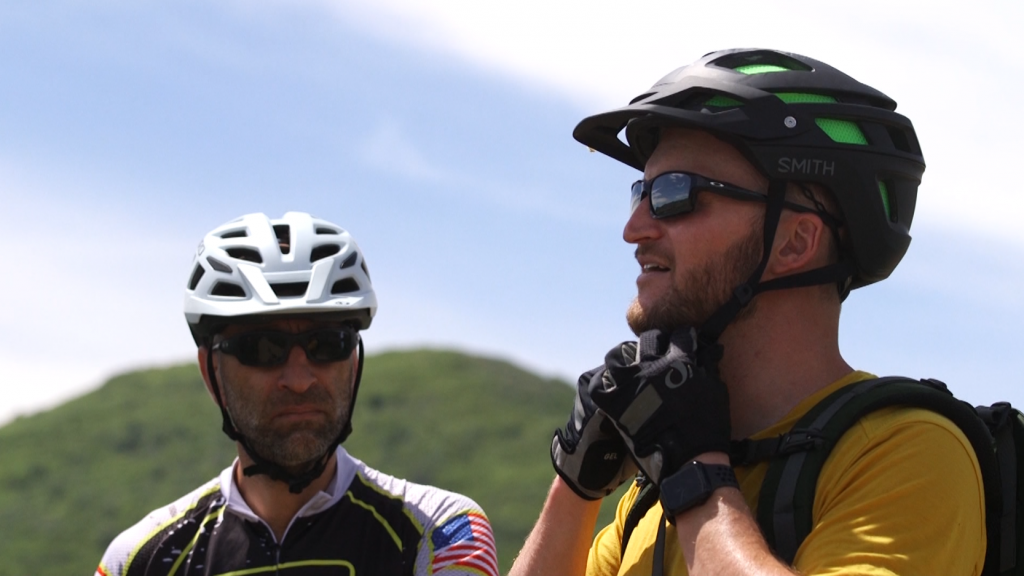
Helmets that fit correctly are something both doctors say you should never be without. (Ken Fall/KSL TV)
Dbeisi and Smith have other simple reminders everyone should take seriously before they hit the trails:
- Maintain your bike and equipment.
- Take plenty of water, sunscreen, and protective gear like sunglasses, gloves, elbow guards and knee guards.
- Be aware of your surroundings and others. Skip the ear buds so you can hear your surroundings.
- Know the terrain and look downhill.
Most accidents happen on unfamiliar terrain or when trying something beyond the biker’s skill level.
Dbeisi knows his mental expectation sometimes outperforms his physical ability.
“You’re still in that mental mindset, but your body is now 45 and your reflexes aren’t there,” he said.
He reminds all of us that we are no longer as young as we once were.
“We all have kids, and you see them bounce and get right back up,” Smith said. “We don’t bounce. We actually break.”

